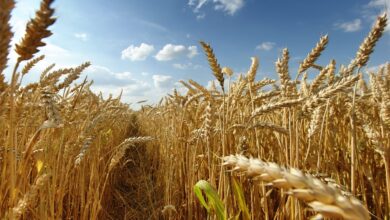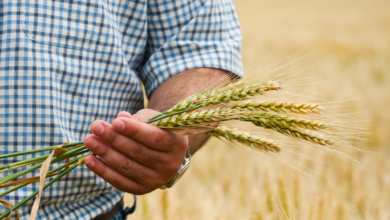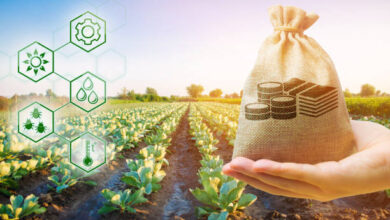Growing Your Own Food: The Advantages of Subsistence Agriculture
SUBSISTENCE AGRICULTURE
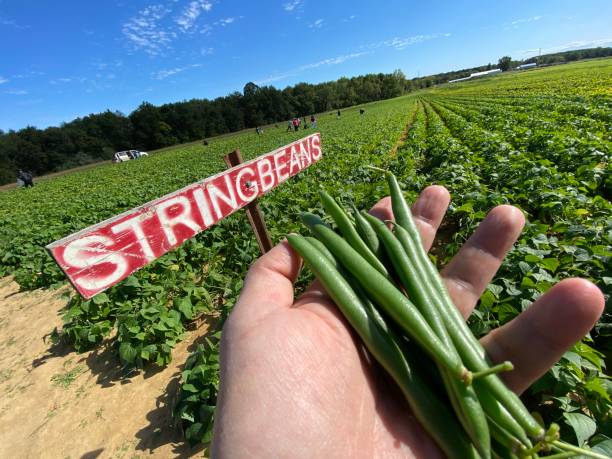
Subsistence agriculture, also known as subsistence farming, refers to the practice of growing and harvesting crops for personal consumption rather than for sale. This form of agriculture has been around for centuries and is still prevalent in many parts of the world. With the rise of commercial farming and mass production, subsistence agriculture may seem like a thing of the past. However, there are numerous advantages to this traditional method of growing food, especially in today’s fast-paced society where food security and sustainability are becoming major concerns. In this blog post, we will explore the benefits of subsistence agriculture and how it can be a viable option for individuals and communities looking to become more self-sufficient and environmentally conscious.
Understanding Subsistence Agriculture: A Closer Look
Subsistence agriculture is not just about growing food for personal consumption; it encompasses a way of life deeply connected to nature and self-sustainability. By taking a closer look at subsistence agriculture, we can better understand its importance and relevance in today’s world.
At its core, subsistence agriculture revolves around the idea of growing crops to meet the immediate needs of individuals and communities. It is a way to ensure food security and self-sufficiency, reducing dependence on external sources. By cultivating their own food, subsistence farmers have a greater control over what they eat, ensuring access to fresh and nutritious produce. Additionally, subsistence agriculture promotes a more sustainable approach to farming, as it often relies on traditional farming methods and organic practices.
One of the key aspects of subsistence agriculture is the deep connection between the farmers and the land. Unlike commercial farming, subsistence agriculture involves a strong understanding of the local ecosystem and natural cycles. This knowledge is passed down through generations, preserving traditional farming techniques and indigenous agricultural practices.
Furthermore, subsistence agriculture fosters a sense of community and cooperation. In many subsistence farming communities, neighbors come together to share resources, knowledge, and labor. This promotes social cohesion and helps build stronger, more resilient communities.
By taking a closer look at subsistence agriculture, we can see that it offers more than just a means of survival. It is a way of life that values sustainability, self-sufficiency, and community. As we navigate the challenges of modern society, subsistence agriculture can serve as an inspiration and guide to creating a more balanced and sustainable future.

The Potential Advantages of Subsistence Agriculture
Subsistence agriculture offers a range of potential advantages that make it a compelling option for individuals and communities looking to become more self-sufficient and environmentally conscious.
First and foremost, subsistence agriculture provides food security. By growing their own crops, subsistence farmers can ensure a stable and reliable food supply for themselves and their families. This eliminates the risk of food shortages or dependence on external sources, especially in times of crisis or economic instability. Subsistence farming allows individuals to have greater control over the quality and safety of their food, as they can avoid pesticides and chemicals commonly used in commercial farming.
Additionally, subsistence agriculture promotes environmental sustainability. Traditional subsistence farming methods often rely on organic practices, which minimize the use of synthetic fertilizers and pesticides. This reduces the negative impact on soil quality and water sources, preserving the long-term health of the ecosystem. Subsistence farmers also tend to have a deep understanding of the local ecosystem and natural cycles, allowing them to work in harmony with nature and minimize waste.
Subsistence agriculture fosters a sense of self-sufficiency and independence. By growing their own food, individuals can reduce their reliance on external systems and become more self-reliant. This not only strengthens their sense of empowerment but also reduces their ecological footprint by minimizing transportation and packaging waste associated with commercial food production.
Moreover, subsistence agriculture can promote local economies and preserve cultural heritage. By supporting local farmers and engaging in subsistence farming practices, communities can boost their local economies and retain traditional farming knowledge. This not only helps maintain cultural identity but also creates opportunities for cultural exchange and learning.
Overall, subsistence agriculture offers numerous advantages, from ensuring food security to promoting environmental sustainability and community resilience. It is a powerful and practical approach that can lead us towards a more sustainable and balanced future.
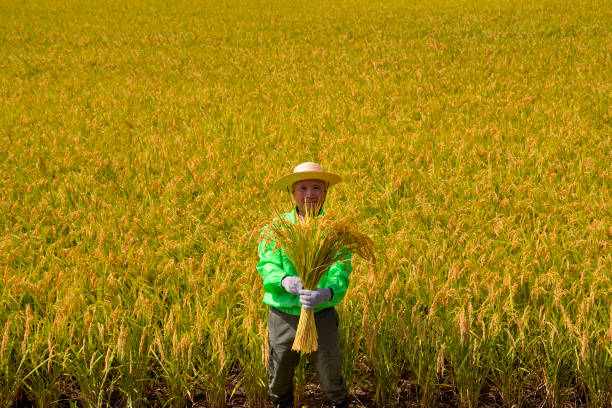
How to Begin Your Journey Into Subsistence Agriculture
Starting your journey into subsistence agriculture can be an exciting and fulfilling endeavor. Whether you have a small backyard or a larger plot of land, there are several steps you can take to begin your journey into subsistence agriculture.
- Assess your available space: Start by evaluating the space you have for growing your own food. Consider factors Similar as sun exposure, soil quality, and access to water. If you have limited space, you can still grow a variety of crops using containers or vertical gardening techniques.
- Plan your crops: Determine which crops are best suited for your climate and growing conditions. Research local varieties that thrive in your area and consider growing a mix of fruits, vegetables, and herbs to ensure a diverse and nutritious harvest.
- Prepare the soil: Take the time to prepare your soil before planting. Remove any weeds or debris, loosen the soil, and amend it with compost or organic matter to improve fertility. Testing the soil’s pH levels can also help you make any necessary adjustments.
- Start small: It’s important to start small and gradually expand your garden as you gain experience. This will allow you to learn the basics of gardening and manage your crops effectively. Begin with a few easy-to-grow crops and expand over time.
- Learn about organic gardening: Embrace organic gardening practices, such as avoiding chemical fertilizers and pesticides. Instead, focus on building healthy soil, using natural pest control methods, and practicing crop rotation to maintain the health of your plants.
- Maintain your garden: Regularly water, weed, and monitor your crops for pests and diseases. Implementing a schedule and keeping records can help you stay organized and ensure the success of your garden.
- Harvest and preserve: When your crops are ready, harvest them at the peak of freshness. Preserve any surplus produce through canning, freezing, or drying to extend your harvest and enjoy your homegrown food throughout the year.
Remember, subsistence agriculture is a journey of learning and adapting. Be open to experimentation, seek guidance from experienced gardeners or local agricultural organizations, and enjoy the satisfaction of growing your own food. Happy gardening!
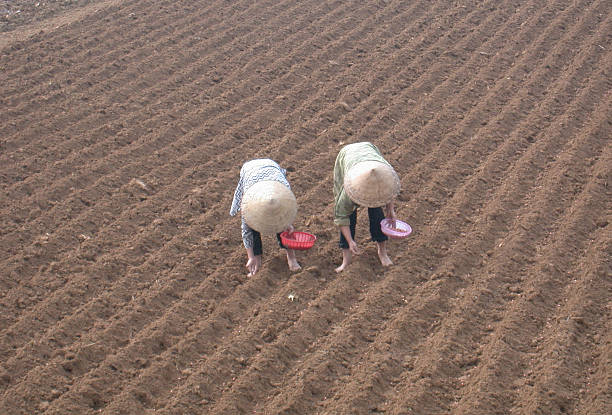
Challenges and Mitigation Strategies in Subsistence Farming
Challenges are an inevitable part of any agricultural practice, including subsistence farming. While subsistence agriculture offers numerous benefits, it also presents unique challenges that farmers must navigate. However, with the right strategies and approaches, these challenges can be mitigated to ensure a successful and sustainable farming experience.
One of the primary challenges in subsistence farming is the limited access to resources and technology. Subsistence farmers often have limited access to modern farming equipment, advanced irrigation systems, or even reliable transportation. This can hinder their ability to maximize yields and efficiency. To mitigate this challenge, farmers can focus on adopting low-cost and sustainable technologies, such as using drip irrigation systems or implementing rainwater harvesting techniques. They can also engage with local agricultural extension services and nonprofit organizations that provide support and resources specifically tailored to subsistence farming practices.
Another challenge in subsistence farming is the vulnerability to climate change and extreme weather events. Subsistence farmers are highly dependent on weather conditions for their crop production, and a sudden drought, flood, or pest outbreak can have devastating effects on their food security. To address this challenge, farmers can implement climate-smart farming practices, such as diversifying crops, practicing crop rotation, and utilizing natural pest control methods. Additionally, they can invest in water conservation measures, such as building water storage tanks or utilizing efficient irrigation techniques, to ensure a stable water supply during dry periods.
Lack of access to markets and limited market knowledge is also a significant challenge in subsistence farming. Unlike commercial farmers who have established connections and channels to sell their produce, subsistence farmers may struggle to find buyers for their surplus harvest. To overcome this challenge, farmers can explore alternative market opportunities, such as selling directly to consumers through farmers’ markets, community-supported agriculture programs, or local restaurants. They can also collaborate with other subsistence farmers to collectively market their products and increase their bargaining power.
Lastly, knowledge and skill gaps can pose a challenge for subsistence farmers, especially those who have limited formal agricultural education. Lack of knowledge about modern farming practices, pest management, or soil health can hinder productivity and sustainability. To address this challenge, farmers can participate in training programs and workshops organized by agricultural institutions or nonprofits. They can also engage in knowledge-sharing activities within their community, such as forming farmer groups or joining cooperative societies, where experiences and expertise can be shared.
While challenges are a reality in subsistence farming, with the right strategies and support, farmers can overcome them and thrive.

Case Studies of Successful Subsistence Farming Practices
In this section, we will explore some inspiring case studies of successful subsistence farming practices from around the world. These stories highlight the ingenuity, resilience, and positive impact that subsistence agriculture can have on individuals and communities.
One such case study is the community of La Trinidad in the Philippines. Facing poverty and limited access to food, the residents of La Trinidad came together to transform their barren land into a thriving vegetable garden. Through collective efforts, they adopted sustainable farming practices, including organic fertilizers and integrated pest management techniques. The community now boasts a diverse range of crops, providing nutritious food for its residents and generating income through surplus produce sales.
In another case, the Chakma indigenous community in Bangladesh revitalized their traditional farming practices to address food security challenges. By embracing agroforestry and intercropping techniques, they were able to enhance soil fertility, reduce water usage, and maximize yields. This not only improved their food security but also increased their resilience to climate change and strengthened their cultural heritage.
Additionally, the Kanyemba community in Zambia demonstrated the power of community collaboration in subsistence agriculture. They formed a cooperative and utilized traditional farming methods to cultivate crops such as maize, sorghum, and millet. By sharing resources, knowledge, and labor, the community achieved higher yields, improved food security, and economic empowerment.
These case studies exemplify the potential of subsistence agriculture to address food security, promote sustainability, and foster community resilience. They serve as inspiration for individuals and communities looking to embark on their own subsistence farming journey. With determination, creativity, and support, subsistence agriculture can bring about positive change, empowering individuals, preserving cultural heritage, and creating a more sustainable and resilient future for all.
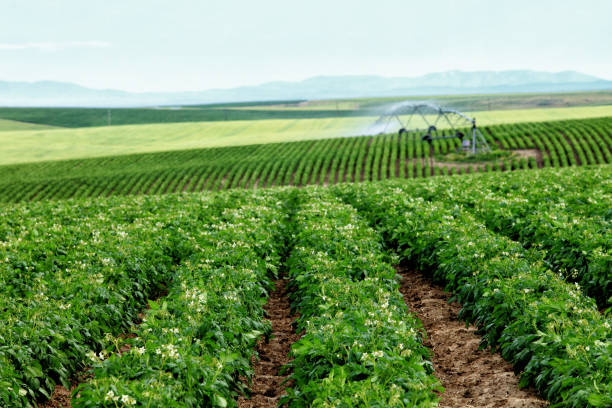
The Future of Subsistence Agriculture: Opportunities and Trends
As we look to the future, the opportunities and trends in subsistence agriculture are promising and exciting. The growing interest in sustainable living, self-sufficiency, and environmental consciousness has sparked a renewed appreciation for subsistence farming. Here are some key opportunities and trends to look out for in the future of subsistence agriculture:
- Technological advancements: While subsistence agriculture often relies on traditional farming methods, advancements in technology can greatly enhance efficiency and productivity. From solar-powered irrigation systems to smartphone apps for pest management, technology offers new tools and solutions for subsistence farmers. Embracing these advancements can improve yields, reduce resource usage, and streamline farming practices.
- Urban subsistence farming: As more people move to cities, the concept of urban subsistence farming is gaining popularity. Utilizing small spaces like rooftops, balconies, and community gardens, urban dwellers are finding innovative ways to grow their own food. This trend not only promotes self-sufficiency but also strengthens community bonds and reconnects city-dwellers with nature.
- Permaculture and regenerative farming: Permaculture and regenerative farming are gaining recognition for their sustainable and holistic approaches. These practices focus on creating self-sustaining ecosystems that mimic natural patterns, promoting biodiversity, soil health, and long-term sustainability. Subsistence farmers embracing permaculture and regenerative farming methods can contribute to environmental restoration and create resilient farming systems.
- Climate-smart farming: Climate change poses significant challenges to agriculture, but it also presents opportunities for innovation. Climate-smart farming practices, such as utilizing drought-resistant crops, implementing water-saving techniques, and adopting climate-resilient farming methods, can help subsistence farmers adapt to changing conditions. These practices enable farmers to maintain food security and protect their livelihoods in the face of climate uncertainties.
- Policy and financial support: Recognizing the importance of subsistence farming, governments and organizations are increasingly providing support and resources. Policies that incentivize sustainable farming practices, access to microfinance and credit, and training programs for subsistence farmers can help overcome challenges and promote the growth of subsistence agriculture.
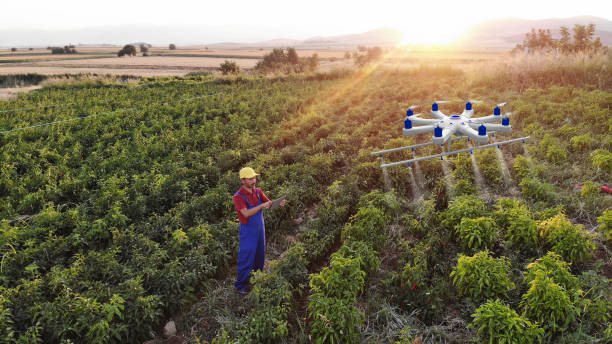
The future of subsistence agriculture holds great potential. By embracing new technologies, exploring urban farming opportunities, adopting sustainable practices, and receiving adequate support, subsistence farming can become a thriving and resilient solution for food security, self-sufficiency, and environmental sustainability. As individuals and communities continue to prioritize these values, subsistence agriculture will play a vital role in shaping a more sustainable and food-secure future.
